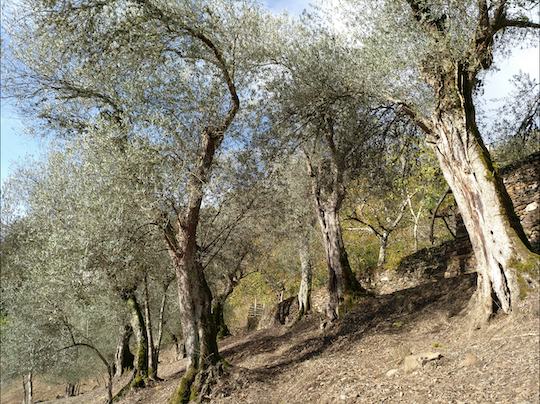The expansion of the Roman Empire in the Iberian Peninsula introduced the olive tree in Galicia. In fact, centuries ago, this region was especially populated with olive trees. No wonder Vigo is known as la ciudad olívica.
Throughout the passage of time, these olive trees adapted to Galicia’s climatology, and high humidity, making a variety completely different and autochthonous that was called Brava. It was called this for its tenacity, resistance, lesser bearing and scarce vecería. The native Galician olive tree is different from other latitudes, is suitable for living with excess water, is smaller, with a thinner trunk and smaller fruit, with an average yield of 16%, depending on the precipitation, cultivation, collection time, etc.
The Galician olive fields were devastated in the time of the Catholic Monarchs, because of the high taxes demanded on them. This was the reason why the majority were cut down, only those located in obscure and inaccessible areas were safe. They also remained in the vicinity of the temples because the Church was exonerated from paying the tax. At that time, olive oil was used in the preparation of the holy oils to administer the anointing of the baptized and the sick.
The oldest Brava variety olive trees that are still around today date to 1700. They are the heirs of the original trees of this Brava variety, which occupies number 273 of the olive varieties in the European germplasm bank at the University of Córdoba, according to the Ministry of Agriculture.

